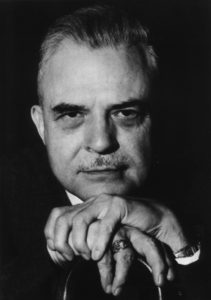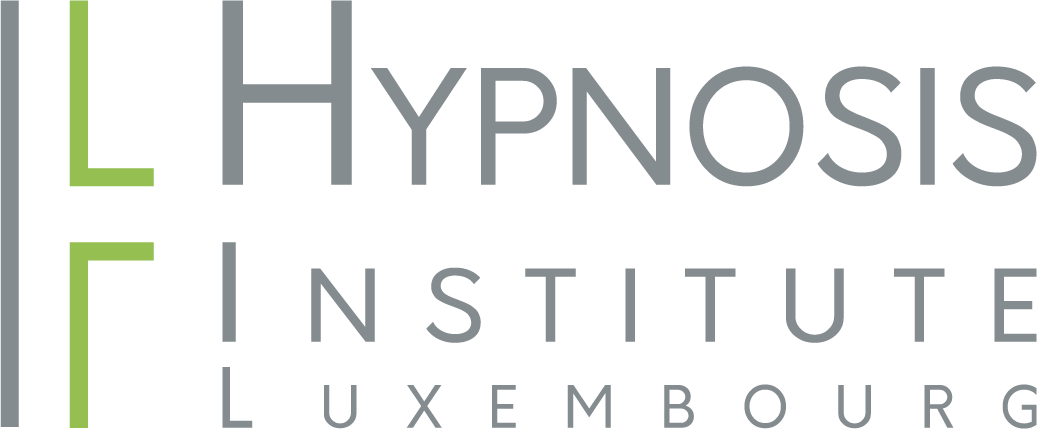Milton Erickson

Milton Hyland Erickson (* December 5, 1901 in Aurum (White Pine County), Nevada; † March 25, 1980 in Phoenix, Arizona) was an American psychiatrist, psychologist and psychotherapist who significantly shaped modern hypnosis and hypnotherapy and promoted their use in psychotherapy.
Due to his increasingly deteriorating health, he stopped lecturing and traveling in 1969. In 1974 he also gave up his private practice. In 1976, he contracted polio for a third time, suffering from muscle atrophy and multiple pain conditions. He was then confined to a wheelchair and was paralyzed on one side of his face.
He later described the unconsciousness that the illness brought him to as the beginning of his interest in trance states. Erickson used the convalescence phase, in which medicine gave him little hope of a full recovery, to practise partial dissociations.
It is thanks to Erickson that hypnosis is once again being used more frequently in psychotherapy, after having been pushed into the background for a long time due to Sigmund Freud’s rejection of it. Erickson developed a new approach that emphasized individuality and therefore made it necessary to find a special approach and approach for each client/patient. Erickson thus stood in contrast to the standardized methods that prevailed until the 1950s and 1960s. Erickson also emphasizes the positive role of the unconscious. Unlike Freud, for Erickson the unconscious is an inexhaustible resource for creative self-healing. The unconscious is the repository of people’s barely utilized experiences. Erickson’s approach claims to expand the capacity of the conscious mind, which is limited by rigid thought patterns, by enabling the unconscious to take the leading role through special verbal and non-verbal techniques. At the same time, the conscious mind is enabled to utilize unconscious self-healing powers and creative resources.
Erickson had a great influence on therapists of his time and on posterity. He influenced Jay Haley, Paul Watzlawick, John Weakland and with them the entire Palo Alto group. He also influenced the then emerging family therapy and many schools of systemic therapy, above all the solution-focused approach of Steve de Shazer and Insoo Kim Berg, the provocative therapy of Frank Farrelly and the systemic structural constellations of Insa Sparrer and Matthias Varga von Kibéd. The founders of NLP, Richard Bandler and John Grinder, studied and copied his technique – as well as that of Fritz Perls and Virginia Satir – in order to construct NLP from it. They described the way Erickson worked with hypnotic language in their own model, the Milton model.
Erickson had already earned a reputation as a master of hypnosis during his lifetime. His numerous scientific publications have revolutionized the understanding of hypnosis. Jeffrey Zeig and Ernest Rossi were students of Erickson for many years and published books with him. In 1978, two years before his death, the Milton H. Erickson Society was founded in his honor, which to this day houses the most comprehensive archive of his work in Phoenix. Erickson was also in contact with Aldous Huxley, with whom he explored borderline areas of psychology.
